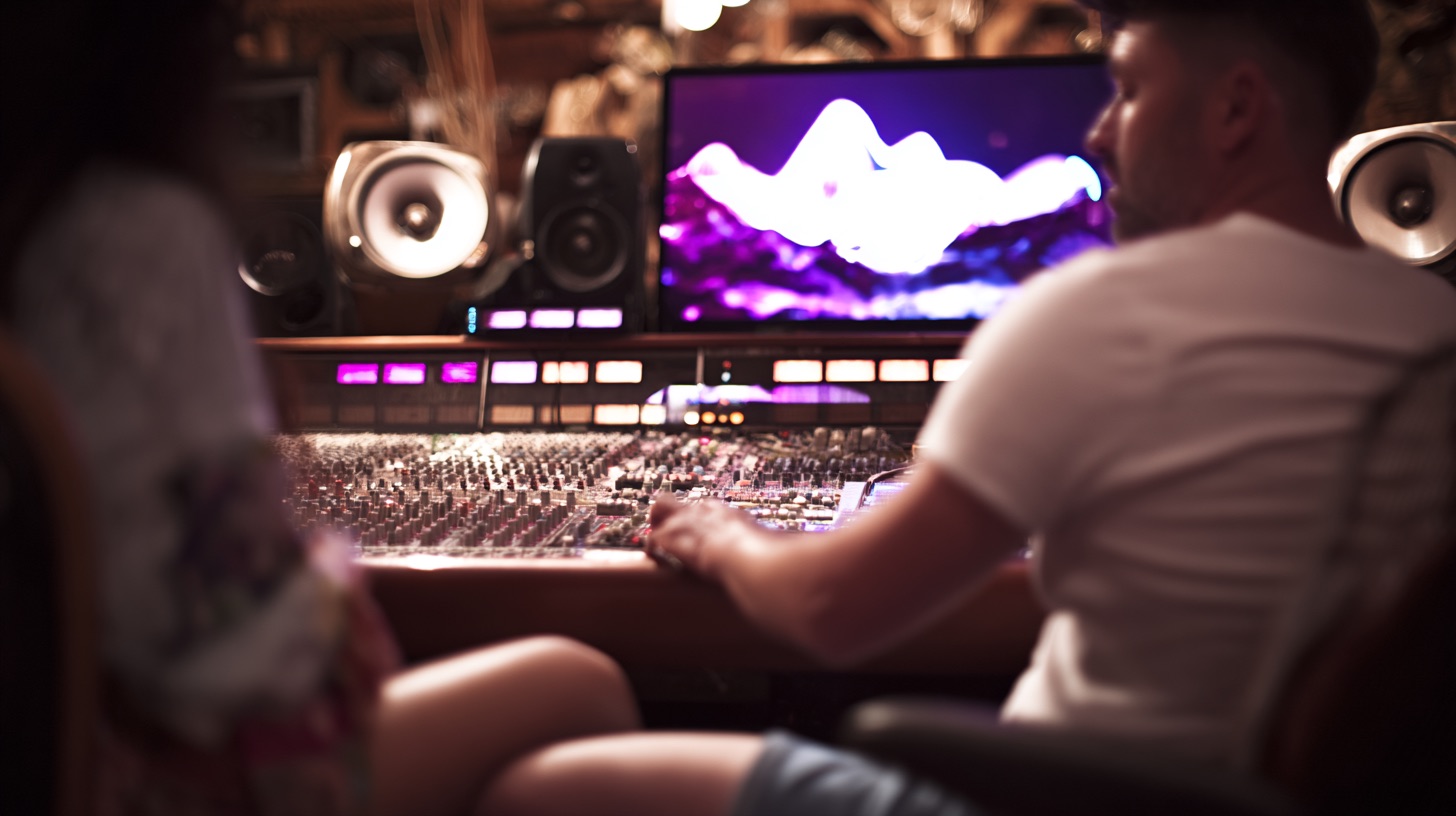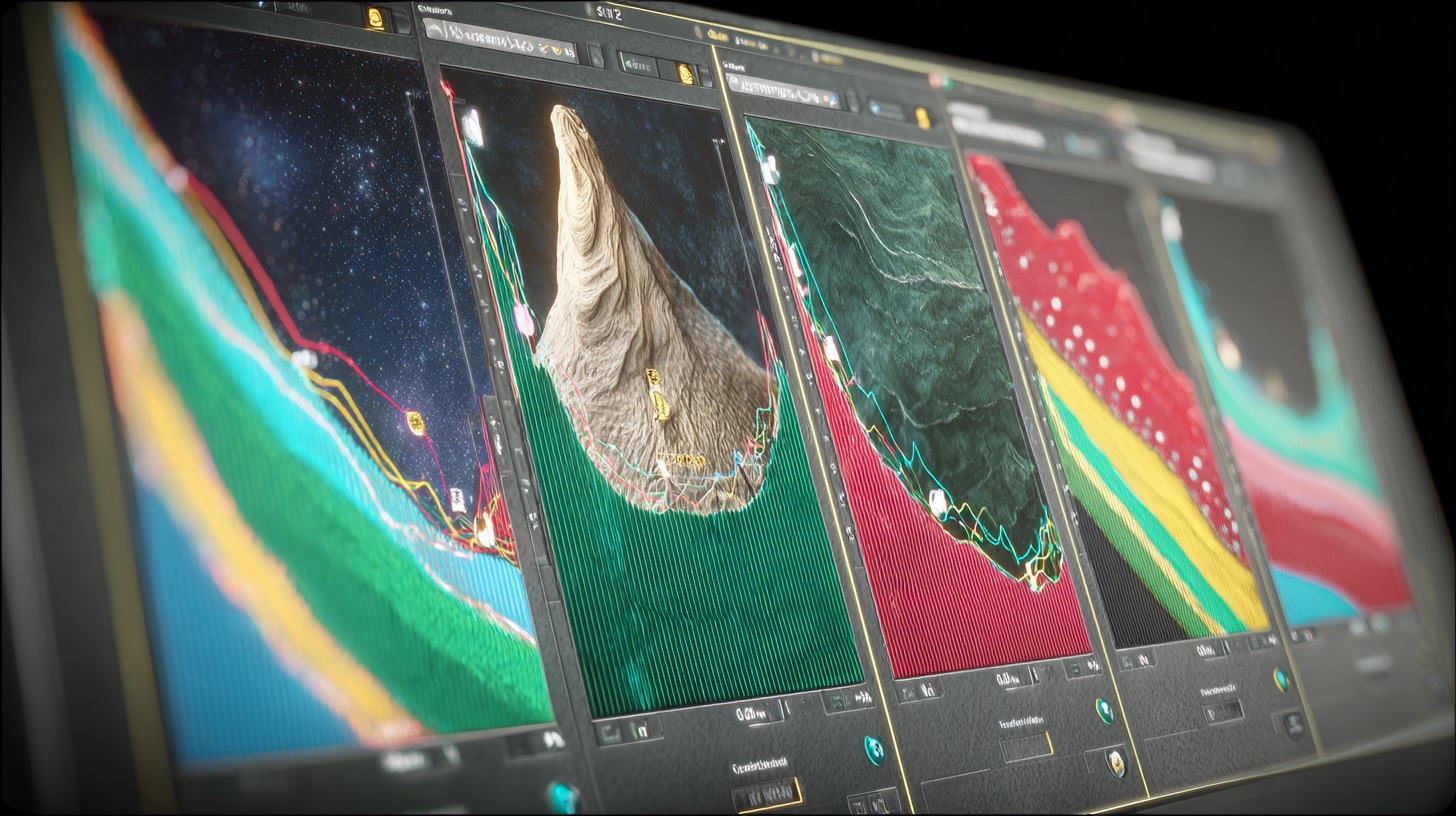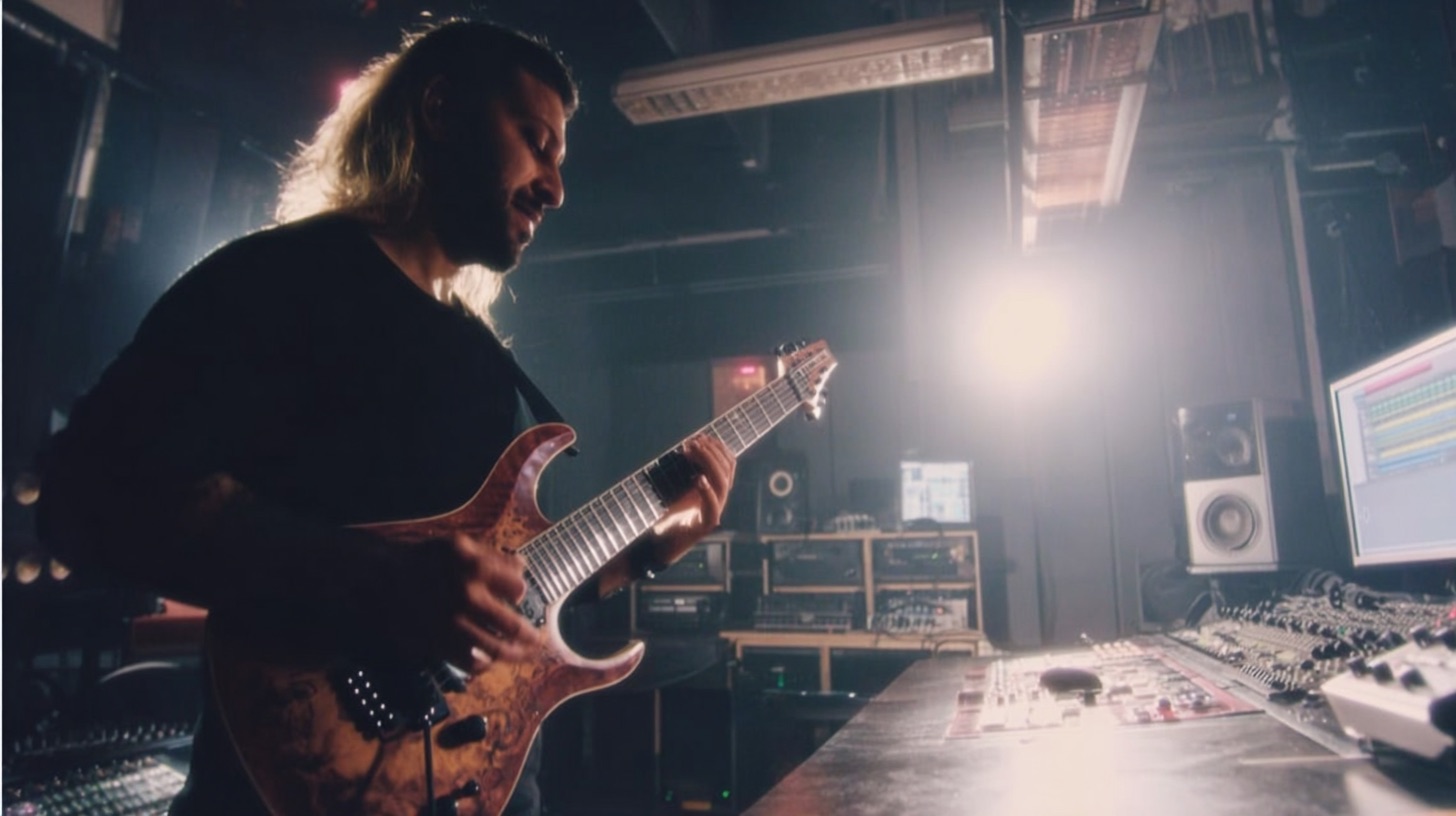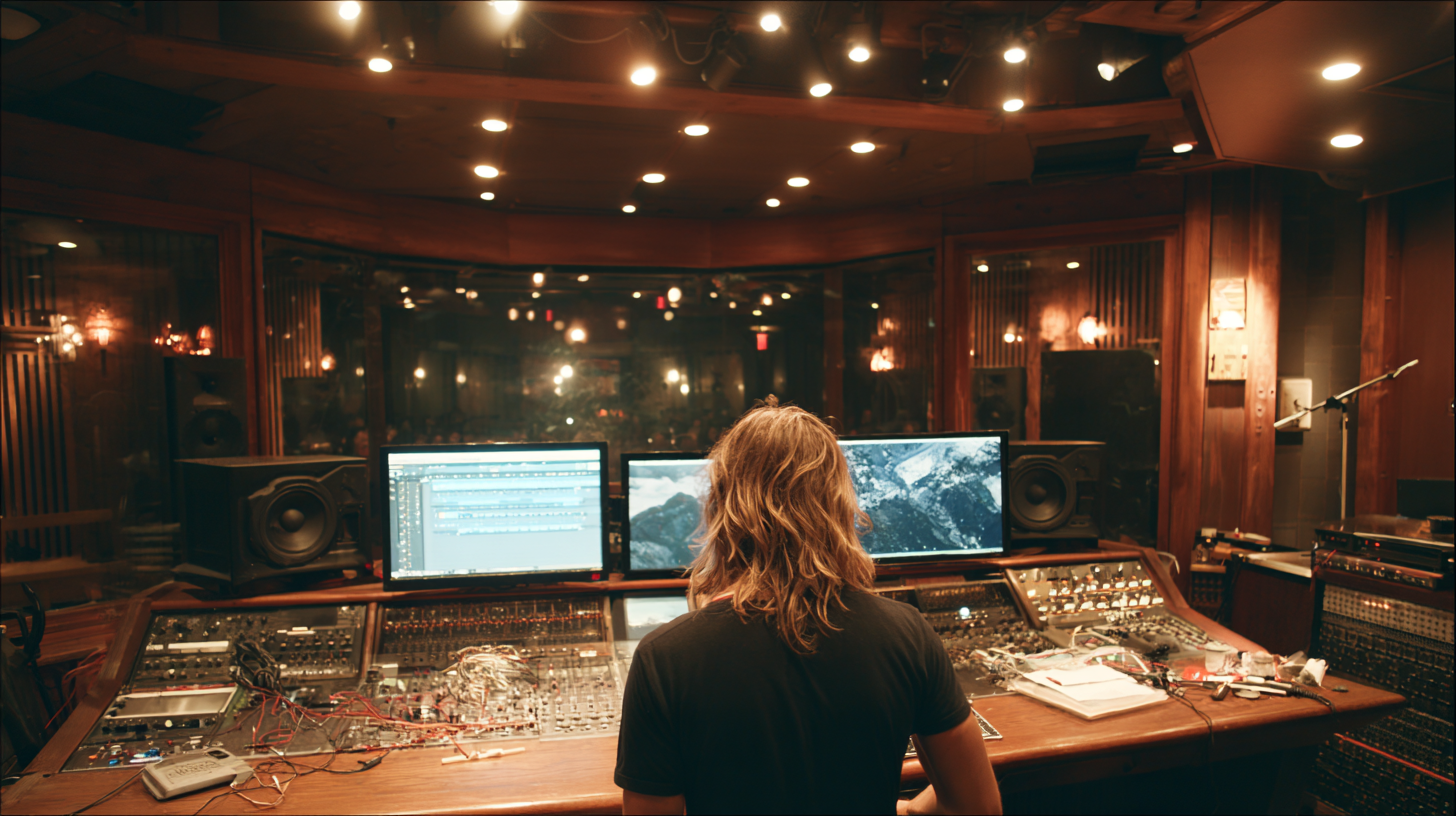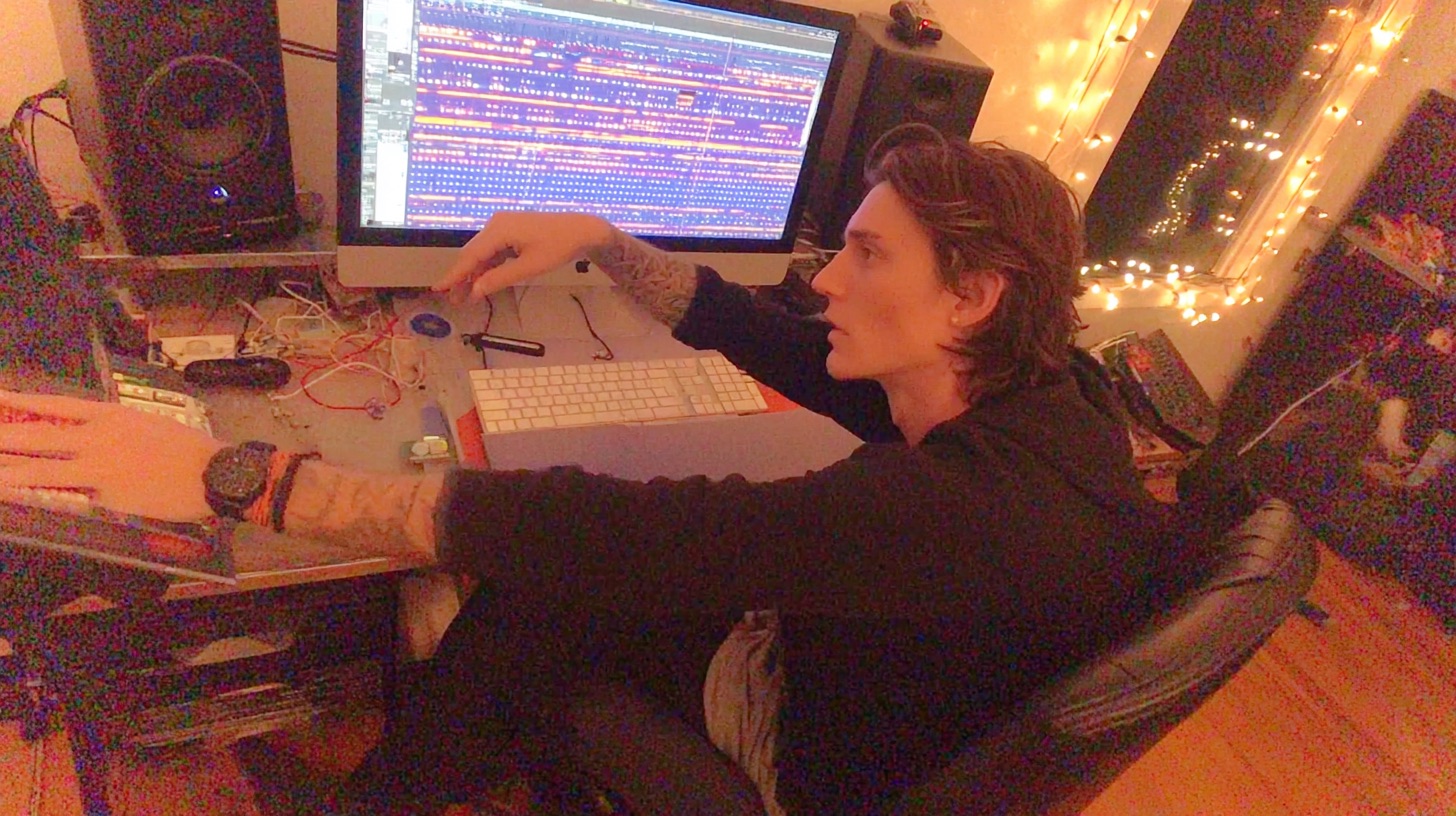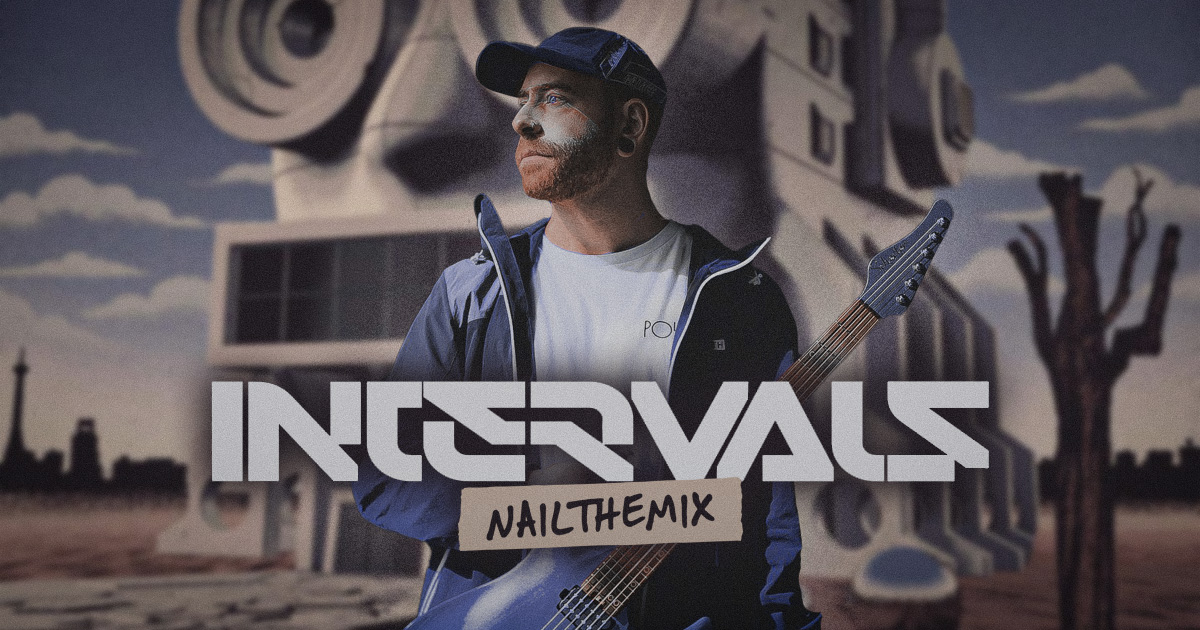
Mixing Intervals Synths & Guitars with Sam Guaiana
Nail The Mix Staff
Let’s be real, mixing modern metal is a balancing act. When you throw synths into a track already packed with the intricate guitar work of a band like Intervals, that balancing act gets even trickier. How do you make those synths pop and add texture without completely bulldozing Aaron Marshall’s incredible playing?
We got a look under the hood as producer Sam Guaiana broke down his mix for the Intervals track “Lock and Key.” Forget generic presets; this is about making deliberate, creative choices to make every element shine. From giving mono synths massive width to making a piano cut through a wall of guitars, let’s dive into some of Sam’s killer techniques.
Creating Space and Vibe for the Main Synth
The track kicks off with a bold, LFO-driven synth line. In a busy mix, a central element like this can easily get lost or, worse, make everything sound muddy. Sam’s approach was all about giving it a unique character and its own place in the stereo field.
From Mono to Stereo Mayhem
The main synth started its life as a simple mono track. The first order of business was to make it wide and get it out of the way of the lead guitar that would soon enter.
To achieve this, Sam turned to a classic tool: the Soundtoys Microshift. This wasn’t just about panning; it was about creating a sense of dimension. By using the Microshift to create a “fake stereo” image, the synth immediately sounded bigger and occupied the sides of the mix, leaving the center open for other key elements like the lead guitar and snare. This is a go-to trick for adding width without creating phasey, washed-out tones.
Adding Grit and Movement
Width is one thing, but the synth needed attitude. To achieve this, Sam slammed it with the Soundtoys Decapitator. He noted an important mixing lesson here: in solo, the distortion might sound a bit “fake” or over-the-top, but in the context of the full track, it provided the perfect harmonic content and aggression to help the synth stand out. It’s a great reminder to always make processing decisions in the context of the mix, not just in solo.
To enhance the rhythmic feel, a half-note ping-pong delay was used to create movement that bounces from left to right, adding to the synth’s dynamic energy.
Taming the Chaos with Reverb and Filtering
With all that width, distortion, and delay, the synth was now huge and aggressive, but a little too distracting. To smooth the harsh edges of the delay and help the synth sit back just a touch, Sam brought in Valhalla’s Little Plate reverb. He simply loaded up a “moderate” preset and let it work its magic, blending the synth into the track and making it feel less abrasive.
The final touch for this section was creating a buildup using the Waves OneKnob Filter. Automating the filter cutoff created a classic sweep effect, building tension effectively. In a cool pro-tip, Sam mentioned that feeding the OneKnob Filter before a guitar amp can create some insane and unpredictable tones due to how the filter’s resonance peak pushes the amp.
Strategic EQ for Supporting Elements
Beyond the main lead, “Lock and Key” is filled with supporting synths that reinforce the guitar rhythms. These elements don’t need to be the star of the show; they need to add texture and weight without cluttering the mix.
Carving Out Space for Reinforcement Synths
For the synths doubling the guitar parts, Sam’s approach was surgical. The goal wasn’t to make them sound huge on their own, but to make them fit perfectly behind the guitars.
This called for some aggressive EQ strategies. He used a steep high-pass filter to chop off all the unnecessary low end and a low-pass filter to remove the high-frequency “hissy business.” What was left was the core midrange of the synth, which was all that was needed to add body to the guitars without adding mud or fizz.
For one of these synths, he again used a widening tool (Waves Real ADT) to give it some space. However, when a different synth came in to support a section with wide harmony guitars, he deliberately kept that synth in mono. This prevented the mix from becoming overly wide and washed out, ensuring the stereo field remained clear and impactful.
Simple and Effective Mix Moves
Sometimes, the simplest move is the best one. For the synth bells, Sam did nothing more than lower the volume and chop the audio file to cut the tail short. Instead of automating a mute or volume drop, a clean cut in the audio file provided the tight, precise ending the part needed.
Making the “Spooky” Piano Pop
One of the most challenging parts of the mix was a quirky piano section. The goal was to create a “goofy” and “spooky” vibe that could cut through a dense wall of sound.
Finding the Right Sound and Vibe
After trying different piano sounds, Sam landed on Native Instruments’ Una Corda, a virtual instrument known for its unique, glassy character. To enhance the “spooky” vibe, he immediately reached for a Phaser to give the piano some subtle, swirling movement.
Heavy Lifting with One-Knob Plugins and Extreme EQ
To get the piano to sit right, Sam used the Waves Greg Wells Piano Centric plugin. This one-knob tool did a lot of the heavy lifting, likely adding a combination of brightness, clarity, and subtle compression to control the dynamics.
But the real secret to making this piano cut through was a bold EQ move. Sam added an insane high-end boost way up around 15kHz. In solo, it might sound almost comically bright, but in the mix, it was exactly what the piano needed to slice through. He also complemented this with a boost around 4.5kHz to accentuate the attack of the piano hammers and a scoop around 500Hz to clean up any boxiness.
Learn to Mix Like The Pros
Sam Guaiana’s mix of “Lock and Key” is a masterclass in creative problem-solving. It’s all about using the right tools—width, distortion, delay, reverb, and especially aggressive EQ—to serve the song. Each decision, from a fake stereo widener to an extreme EQ boost, had a clear purpose: to make every part audible and impactful without stepping on anything else.
These are the kinds of detailed techniques that can elevate your productions. If you want to see exactly how pros like Sam Guaiana make these moves in real-time, you need to check out Nail The Mix.
Silverstein on Nail The Mix
Sam Guaiana mixes "Burn It Down"
Get the Session
You can watch Sam mix this entire Intervals song from scratch and get access to the actual multi-tracks to practice on yourself. It’s your chance to move beyond presets and learn the methods the pros use every day.
Ready to see how it’s done? Get access to the full Intervals mixing session with Sam Guaiana here.
Get a new set of multi-tracks every month from a world-class artist, a livestream with the producer who mixed it, 100+ tutorials, our exclusive plugins and more
Get Started for $1
